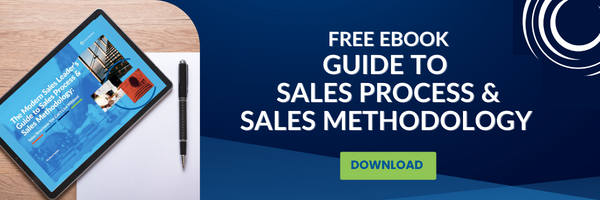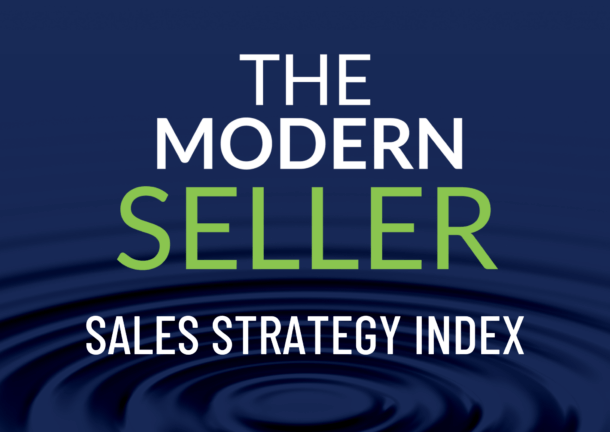Too much flexibility is hurting your sales growth. Optimizing your selling strategy to navigate workday dead zones can help.
A recent Wall Street Journal article outlines a phenomenon called “workday dead zones,” where pockets of a traditional workday don’t exist like they used to in the past. Those pockets of time then shift to other segments of the day and ultimately lengthen the workday. WSJ cites a common dead zone right now as the 4-6pm timeframe, that has now shifted to an evening timeframe for many workers.
There’s a formula of flexibility that began with the introduction of more sophisticated remote technologies around 15 years ago. That flexibility accelerated overnight nearly overnight 3 ½ years ago with COVID and has proved challenging for organizations to normalize post-pandemic. I’m aware of at least one organization that just very recently lifted pandemic-era travel restrictions for sellers.
For sellers and sales leaders, this flexibility and remote work have impacts both within their organization (for example keeping the sales team engaged, coaching, attracting talent, getting issues resolved quickly) and externally when it comes to meeting with clients and prospects and moving complex deals forward.
Sellers love their flexibility, and many clients love to meet virtually… but too much of this flexibility can is hurting your sales results. How can sellers and sales leaders create a co-existence of flexibility and structure? How can they leverage flexibility without sacrificing results and company culture?
This article offers some questions to consider and ideas for designing the right formula of flexibility in your selling strategy for yourself and your organization.
- What does flexibility mean in your organization? Flexibility doesn’t need to be a zero-sum game. Innovations seemingly at odds can co-exist, like remove work and in-person work. So can flexibility and structure. Consider defining what flexibility means for you personally as a seller. Sales leaders and teams would also benefit from a baseline definition of flexibility, so everyone is on the same page.
- What is busy work and what is productive work? It’s time to get real about what is truly productive work and what is simply busy work. We live in a culture where busyness is prized; the busier you are, the more valuable you are. This is a broken mindset; there is opportunity to shift both company and personal mindsets to one of quality, where value becomes about how smart you work and the results you create. This is especially prevalent in sales, where there is no shortage of tasks sellers are doing (by choice or otherwise) that don’t produce revenue or profit. This conversation around flexibility is a great time to examine your sales growth metrics, refine them, and track what truly matters.
- What structures do you need to promote flexibility? Structure creates the foundation for flexibility that accelerates your sales results. Some of examples of structure include: o Sales leadership structures such as a consistent coaching cadence, account and territory plans, accountability tools, and critical metrics.
- Sales enablement structures such as sales process, sales methodology, and select technology tools that assist sellers in daily sales activities.
- Sales skill structures such as formal skill development programs, assessment tools, and sales leadership development programs.
- What are the unintended outcomes of too much flexibility? For example, does your organization now have work dead zones that are hurting sales growth? Or flexibility might be lengthening the day to the point where it’s creating burnout and an “always on” culture. You might also gauge where excessive flexibility impacts other parts of the business such as customer service, manufacturing, and fulfillment.
- Are your sellers disciplined enough to excel in highly flexible environments? Simply put, many sellers require close leadership. And the remote, flexible environment of many sales organizations simply doesn’t provide the structure or accountability they require. You’ll see the signs in sales activity and opportunities (or lack thereof), but you won’t feel its impact until you experience it in the sales results.
Highly flexible environments aren’t going anywhere anytime soon, and they absolutely have benefits. Finding your formula for flexibility is an imperative for sales leadership and sales professionals: designing a clear definition of flexibility, building the right structures, and focusing on the right activities and metrics will help you leverage the advantages that flexibility has to offer. You’ll see that in your sales results.
Talk to Us About Enhancing Your Selling Strategy.
There’s no better time than now to focus on enhancing your sales strategy. We can help you and your team grow sales results through our training program, consulting and sales assessment services. Let’s talk. Contact us to schedule time for a discovery conversation with Amy.



 Our Strategic Selling signature sales training program is now available online. This online sales learning program is ideal for professional services and B2B sales. Get started with 2 free lessons.
Our Strategic Selling signature sales training program is now available online. This online sales learning program is ideal for professional services and B2B sales. Get started with 2 free lessons.